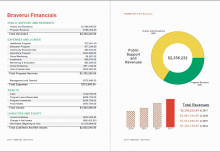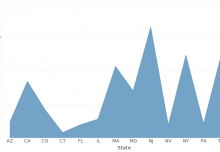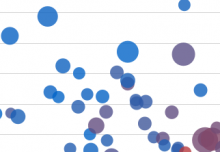In the simplest of terms, semiotics can be defined as ‘the study of signs’. Although it’s most commonly used within the fields of linguistics, philosophy and social sciences, knowledge of semiotics can be extremely useful to those who are charged with designing effective reports and dashboards. However, in order to use this knowledge properly, one must first understand just what a ‘sign’ is.
Although one might interpret the definition of a ‘sign’ quite literally (i.e. traffic sign, store sign, billboard, etc…), modern semioticians assume that anything within the realm of existence, or at least human perception, might be considered a sign. Words, colors, shape, sizes, spacing, and images are only a fraction of the infinite number of things that one might consider a sign.
Another way to think of this concept is to imagine any one thing that could be interpreted as a symbol for another thing. For instance, the sight of the word ‘table’ does not inherently reveal to the reader a flat square wooden structure that sits on four legs above the ground. We’ve merely come to associate the specific arrangement of letters that form the word that represents the object.
Additionally, every person could envision the word ‘table’ in an entirely different way. Tables vary according to size, structure, shape, composition, intended use, personal experience, and culture. And, for a business analyst, the first image conjured by the word ‘table’ could just as likely have been an excel spreadsheet table, and not a dinner table.
Clearly, signs can be ambiguous. And, while ambiguity in everyday life is mostly a minor nuisance, in a business environment, there may be dire consequences. Good decisions nearly always depend on a clear understanding of the information at hand. How then do we go about eliminating ambiguity from signs? The answer may not be as simple as one would think…





